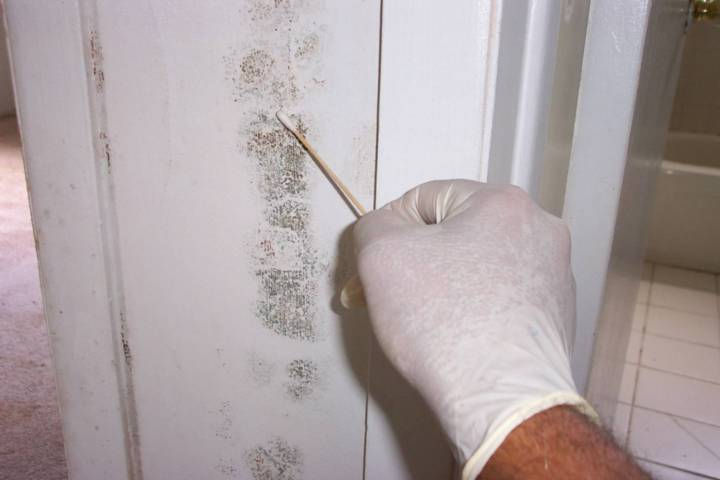How Does Dampness Contribute to Increased Asthma and Allergy Risks?
- rolando hernandez
- Apr 9, 2022
- 1 min read
Updated: May 1, 2023

Dampness contributes indirectly to asthma and allergy risks. An increase in humidity in the building encourages the proliferation of molds, bacteria, house dust mites, and other micro-organisms, some of which are toxin producers or allergens. Dampness also results in increased emission of chemical pollutants from degrading building materials.
Mold spores are generally everywhere. Nutrients are also available in organic dust or cellulose on most building surfaces. In most cases, moisture is the limiting factor to mold growth in a building. Molds have a minimum dampness (relative humidity) below which growth is limited. Generally, relative humidity below 65% restricts mold growth.
Dampness is also essential for the survival of house dust mites. Since house dust mites do not drink free water, they absorb it from the air and the environment. House dust mites feed on human skin scales (flakes), pollen, molds, bacteria, animal dander, and skin scales of birds. These food sources have to be moist for mites to utilize them.
Therefore, the food consumption of mites increases (and hence their population) at high relative humidity. It has been estimated that human beings shed dead skin at a daily rate of 0.5-1.0g per person, and several thousand mites can survive for months on just 0.25g, so moisture and not food would be the limiting factor to mite proliferation. House dust mites survive best at a relative humidity of 70-85% and temperatures of 24-27 °C.










Comments